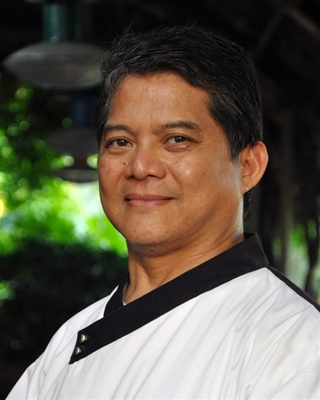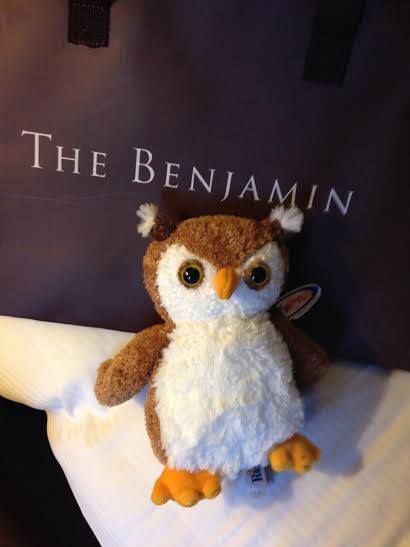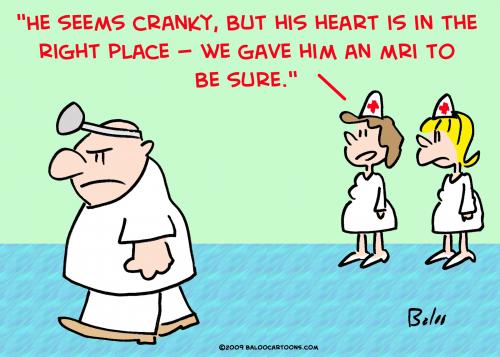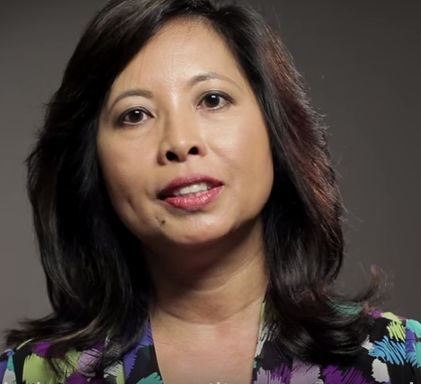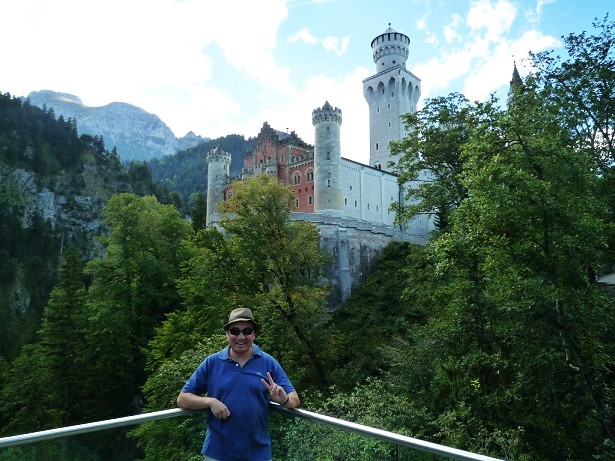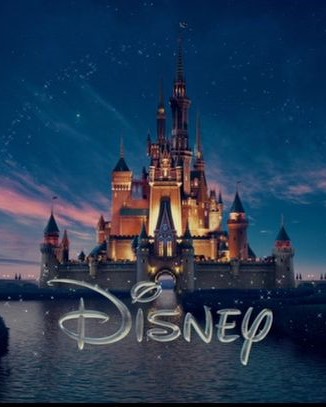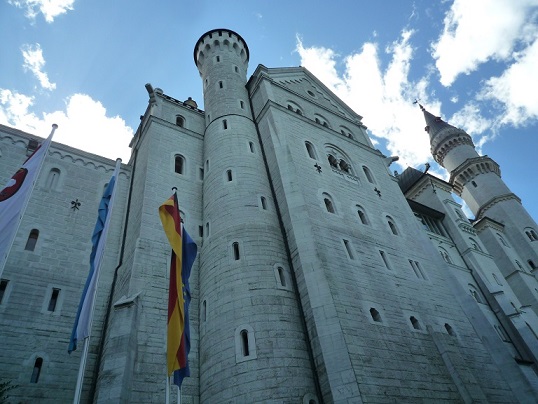Storybook tale of the Neuschwanstein Castle which inspired the Disney logo
By Wendell GaaIt is truly an exciting time to be a Disney fan.
Since the early 20th century, the Disney name has been the very definition of what family entertainment is all about, and its global reach is now apparent including in the Philippines where President Benigno Aquino recently met with top Disney corporate officials visiting Manila to discuss closer ties and innovative projects between our native country and the entertainment company whose mascot is the world’s most famous cartoon mouse.
The recent awarding of Pixar’s “Inside Out” as 2015’s Best Animated Feature at the Oscars, as well as this month’s theatrical release of the newest animated movie “Zootopia,” proves beyond a doubt Disney’s ever growing popularity across the globe.
A huge part of Disney’s worldwide appeal comes from that enchanting castle which you see on its logo that always appears at the beginning of every Disney film screened at the cinemas. Disney owes Germany so much for its company brand’s “magical” visual appearance, for the castle which also inspired the design for the Sleeping Beauty fortress in Disney theme parks all over the world is none other than Neuschwanstein Castle, located in Germany’s southern Bavarian region.
My uncle Otto Kramer, a German married to my Auntie Tess who is a long-time resident of Germany, was so kind and gracious enough to drive me all the way from their suburban rural town of Hollenbach in the Bavarian region to Neuschwanstein Castle.
We passed by a never-ending scenery of green meadows and hills during the 2-3 hour drive down to the castle. They are typical in many parts of the Bavarian region, and according to my Uncle Otto, we were quite lucky indeed to be blessed by blue skies that day, as the weather in this area in Europe can be quite unpredictable. Daily forecasts are not accurate all the time, as evening predictions for the following day may in a matter of hours change drastically by the following morning. Thankfully for us the weather was cooperative, and the view of the castle from afar while we were driving towards it was quite a lovely sight.
With its scenic mountains in the backdrop, Neuschwanstein Castle looked as if it were taken right out of a fairy tale book. With its white stone walls and blue spiral-roofed watchtowers, I could now see how this castle was the visual inspiration for the Sleeping Beauty castle in Disney theme parks worldwide.
While Uncle Otto stayed behind with his car, I took the tour bus which transported visitors directly to the hilltop where Neuschwanstein Castle is perched. We were dropped off at a stop near a path leading straight to the castle, where I took a few minutes to take some snapshots of the castle.
A young German female guide led us on our walk-through experience of the Castle, which up close also has the look and feel of a “Game of Thrones” fortress! She narrated how Neuschwanstein was constructed for the Bavarian King Ludwig II, and that it was begun in 1868 but was actually never fully completed. This castle was a dream project of King Ludwig, who visualized a monument paying homage to the monarchy and culture of Medieval Europe, an era which he so deeply and passionately admired. A 19th century castle with Middle Ages features, Neuschwanstein is perhaps the most popular historicist building in the globe.
Sadly, we were not permitted to take photos inside the castle, save for the kitchen and the chef room (which even by today’s standards are quite contemporary-looking), so we made sure to savor every minute looking at the impressive regal designs of the bedrooms and throne room of King Ludwig, which reflect the love for Gothic and Medieval art which he had throughout his life. The King was also a huge fan of famous German composer Richard Wagner, and this was pretty evident in how the castle’s main rooms were mostly adorned with paintings and scenes from Germanic and Nordic sagas on which Wagner had based his musical masterpieces on. I saw how some paintings had characters who might have inspired the warriors in such Norse-themed films/TV shows as “Thor” and “Vikings.”
Many European royals have had pretty colorful and eventful lives, and King Ludwig II is surely no exception. He was born on August 25, 1845 in Munich’s Nymphenburg Palace, another attractive building which I also got to visit. His grandfather, King Ludwig I, made Munich into a center for arts and culture throughout Europe. He became Bavarian King in 1864, and two years later was forced to accept the defeat of Bavaria by the neighboring German kingdom of Prussia, resulting in him longing to create his own alternative world in which as the ruling King of Bavaria, he could live like a Medieval royal king. Hence did the creation of Neuschwanstein Castle serve such a purpose for him in life.
His fantasy lifestyle however would not prove to be eternal. He was declared to be mentally insane in 1886, and was arrested in his own castle and interned in the Berg Palace at Lake Sternberg. He died under mysterious circumstances at the young age of 40 at Lake Sternberg, and although drowning was an alleged reason for his death, this remains disputed by many historians as the official autopsy proved that there was no water in his lungs. Whether foul play was involved or not, we may never know. But what we do know is that his legacy of appreciation for Medieval Europe is still very much alive in the form of Neuschwanstein Castle, his gift to Germany and the rest of the world.

